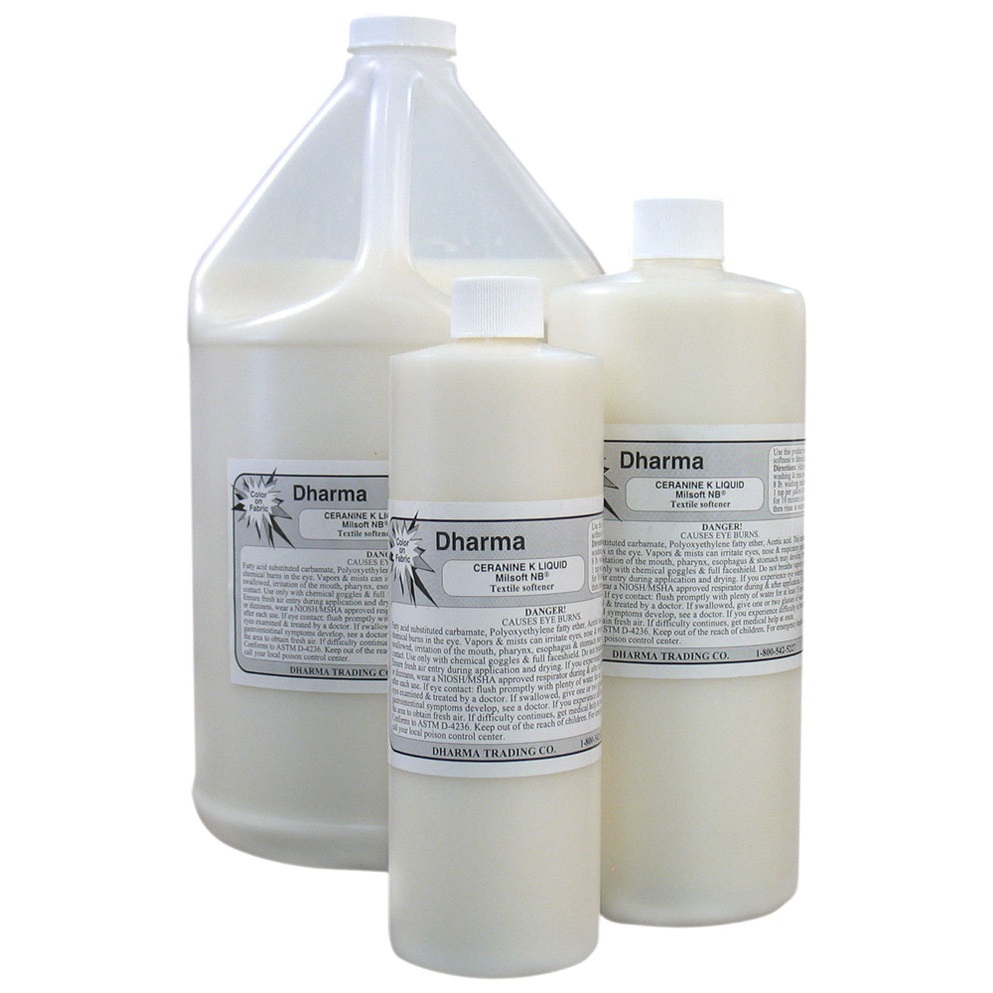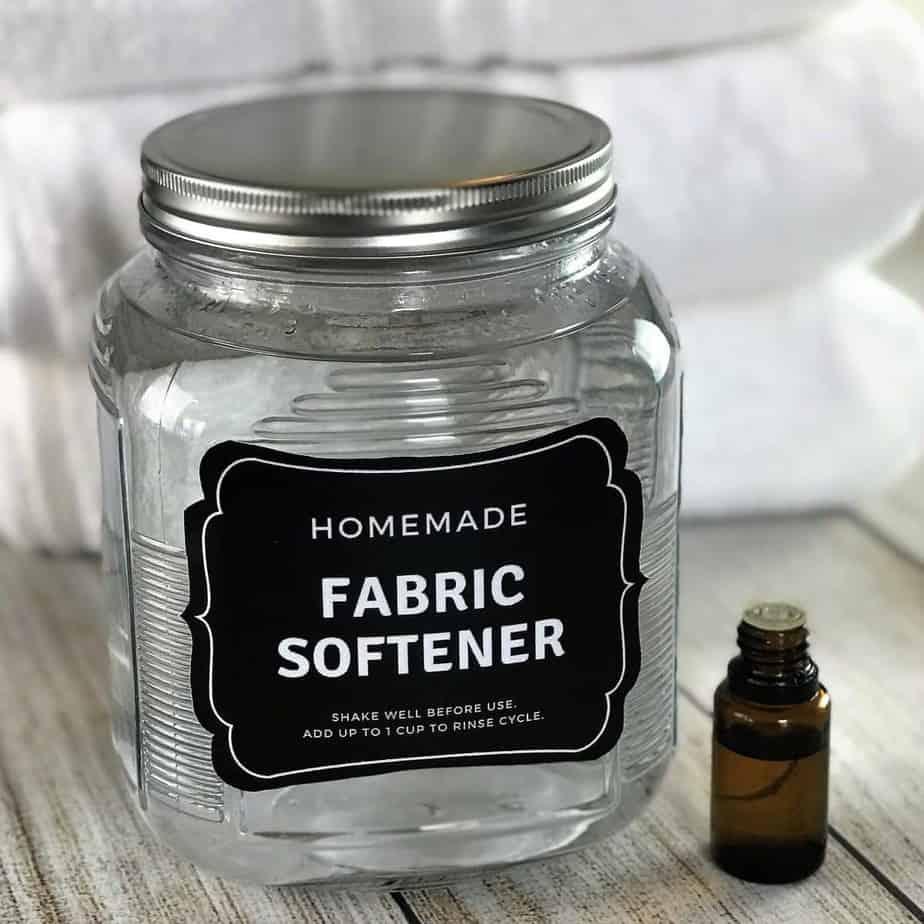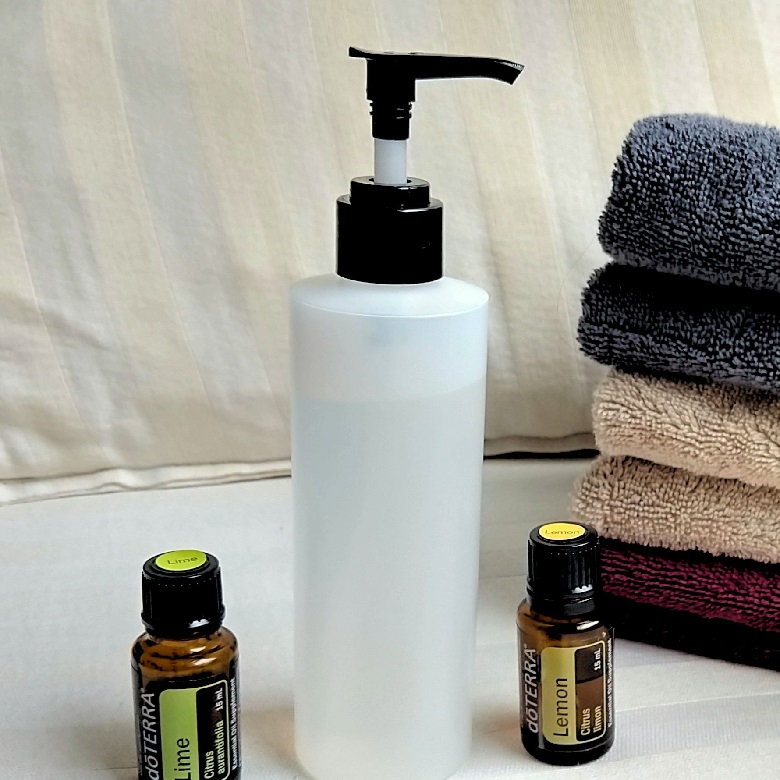Introduction to DIY Fabric Softener
In the quest for softer clothes and saving money, DIY fabric softener recipes have gained popularity. Many of you may wonder, ‘How to make fabric softener that’s both cheap and effective?’ In this blog, we embark on a journey to discover just that. We explore recipes that use common household items like vinegar, baking soda, and hair conditioner. We’ll evaluate their costs, instructions for making them, and how well they soften fabrics. Whether you are seeking natural alternatives or want to reduce your laundry expenses, we have the tips and tricks to guide you. Stay tuned as we delve into the world of DIY fabric softener, find out if essential oils make a difference, and compare the effectiveness of different recipes. We also share handy usage guidelines and other scent-boosting tips to enhance your laundry routine. Let’s get started and unlock the secrets of homemade softness!

Vinegar & Baking Soda Fabric Softener Recipe
One simple recipe combines the cleaning power of vinegar with the odor-neutralizing effect of baking soda. This duo makes for a cost-effective and eco-friendly fabric softener.
Ingredients and Costs
- 6 cups of vinegar: $0.66
- 1 cup of baking soda: $0.50
- Optional: 15 drops of essential oil: $1.01
Without essential oils, the total cost drops, making this recipe very affordable at just $1.16.
Instructions
- Pour vinegar into a large bowl.
- If using, add essential oil.
- Slowly add baking soda.
- Wait for fizz to settle.
- Transfer to a container for use.
Use up to 1 cup per load, pouring directly into the softener compartment.
Effectiveness and Softness Rating
On a scale of 1 to 10, with 1 being stiff and 10 very soft, this recipe earns a 7. It softens sufficiently but won’t give the heavy softness of commercial softeners. The scent, if essential oils are used, is mild. This mix is perfect for those who prefer a lighter touch to their laundry.
The Role of Essential Oils in Homemade Fabric Softener
When it comes to homemade fabric softeners, essential oils play a unique part. They are not just for fragrance, but also for their natural properties.
Benefits of Adding Essential Oils
Abundant variety and natural scents characterize essential oils. They can add fresh smells to your laundry without chemicals. Essential oils, like lavender or lemon, may also bring a sense of calm or boost energy. They can make laundry smell pleasant without overwhelming the senses.
How to Incorporate Them
To use essential oils in fabric softener, add them directly to the mix. The common recommendation is up to 15 drops per batch. Always mix well to distribute the oil evenly. You can also customize the scent to your preferences. Start with fewer drops and add more as needed.
Using Hair Conditioner for Fabric Softener
Transforming hair conditioner into homemade fabric softener is a clever and economical hack. This section walks you through the required ingredients, how much they cost, and the simple steps to create your own fabric softener. Plus, we rate its softness to give you an idea of its effectiveness.
Ingredients and Costs
- 5 cups of hot water: Free
- 3 cups of vinegar: $0.33
- 1 cup of hair conditioner: $0.71
Creating this softener is very budget-friendly, with the total cost being about $1.04, making it super cheap and good for up to 30-40 loads.
Instructions
- Blend hot water and conditioner until smooth.
- Stir in the vinegar.
- Store in a container of choice.
Use the amount you’d typically apply of a store brand softener, adding it to the usual washer compartment.
Effectiveness and Softness Rating
On our softness scale, we give this conditioner-based recipe an 8 out of 10. It performs quite well, nearly on par with standard softeners. For scent, it’s light but detectable, and the intensity can vary based on the conditioner used.
Tips for Making Your Clothes Smell Great
Everyone loves the fresh scent that lingers on clothing after a wash. However, commercial fabric softeners often come with a hefty price tag. If you’re looking for ways to make your clothes smell just as great without breaking the bank, DIY fabric softeners are a fantastic solution. Let’s explore some fragrant options to enhance the scent of your laundry.
Alternative Scent Options
When your homemade fabric softener needs a scent boost, consider these alternatives:
- Floral Water: Use rose or lavender water in place of some of the vinegar for a naturally floral scent.
- Citrus Peels: Add citrus peels to the vinegar mixture; they will infuse your softener with a fresh, zesty aroma.
- Herbs: Fresh or dried herbs like rosemary or mint can be steeped in vinegar before mixing with other ingredients.
It’s important to remove the peels or herbs after a few days to prevent decay and maintain a fresh scent.
Using Copycat Fragrance Oils
For those who are fond of particular name-brand scents, copycat fragrance oils can mimic those favorite aromas. Add a few drops to your DIY fabric softener for a familiar, comforting smell. Here’s how you can do it:
- Find a fragrance oil that’s similar to the commercial scent you love.
- Add a couple of drops to your fabric softener mixture before use.
- Adjust the amount based on the desired strength of the fragrance.
Remember, since fragrance oils are concentrated, a little goes a long way. With these tips, your clothes will come out of the wash smelling amazing and feeling soft, all while you enjoy the savings of your DIY approach.
Analysis: Comparing Homemade Fabric Softeners
After exploring DIY fabric softener recipes, it’s time to compare and analyze which homemade solution works best. We’re looking at cost-effectiveness and performance, two key factors in determining the superiority of each recipe.
Cost-Effectiveness
Creating your own fabric softener can lead to significant savings, particularly when using ingredients like vinegar, baking soda, and inexpensive hair conditioner. Here’s a quick cost breakdown:
- Vinegar and Baking Soda Softener: With a total cost of around $1.16 without essential oils, this recipe is uber-affordable.
- Hair Conditioner Softener: At roughly $1.04, it offers up to 40 loads of laundry, translating to mere cents per load.
The conditioner-based recipe proves to be extremely cheap, offering a substantial cost advantage over store-bought softeners.
Performance
Performance is crucial for homemade fabric softeners. Let’s see how they stand up to the test:
- Vinegar and Baking Soda Softener: With a softness rating of 7 out of 10, it softens adequately but doesn’t quite match commercial softeners. Nonetheless, it’s a viable option for those preferring a less intense softness and scent.
- Hair Conditioner Softener: Scoring an 8 out of 10, this fabric softener closely mimics the effect of traditional softeners. It leaves clothes feeling soft with a light, noticeable scent, depending on the conditioner’s fragrance.
In summary, while both recipes are cost-effective, the hair conditioner softener slightly outperforms the vinegar and baking soda mixture in terms of the softness it imparts on clothes. It also comes with a gentle scent, an added bonus for those who enjoy a subtle fragrance on their laundry.
Usage Guidelines for Homemade Fabric Softener
Making your own softener is just one step. Knowing how to use it properly is key.
Recommended Amounts per Load
Determining the right amount to use can depend on your laundry load size. For small to medium loads, use 1/2 cup of homemade fabric softener. For larger loads, you might need up to 1 cup. Just pour the softener into the designated compartment of your washing machine. If there’s no compartment, add it during the final rinse cycle for the best results.
Remember, using too much softener won’t increase benefits. It can leave residues on your clothes. Always follow the amounts suggested, adjusting as needed.
Dryer Sheet Alternative with a Sponge
You can skip buying dryer sheets by using a sponge. Here’s how:
- Take a clean sponge and soak it in the fabric softener solution.
- Wring out the sponge until it’s not dripping.
- Place the sponge in the dryer with your wet clothes.
- Reuse the sponge for future loads by re-soaking it each time.
This method can save you even more money and reduce waste. Plus, it spreads the softness evenly across all your garments. It’s a simple, effective way to get soft clothes without extra chemicals and trash.
Conclusion: Final Thoughts on DIY Softener Recipes
After exploring various DIY fabric softener recipes, we can conclude that these mixtures offer both financial savings and effective fabric care solutions. The use of simple household items such as vinegar, hair conditioner, and baking soda provides a cost-effective alternative to store-bought products. By creating your own fabric softeners, you’re not only cutting costs but also gaining control over the ingredients that come into contact with your clothes.
Vinegar and baking soda fabric softeners, as well as those that use hair conditioner, have proven to be kind to your wallet and relatively simple to make. With costs amounting to barely a dollar for several loads, the financial benefits are immediate and significant.
In terms of performance, homemade softener recipes get the job done. While they might not always reach the ultra-softness levels of commercial softeners, they still leave clothes feeling soft and comfortable. The beauty of DIY is the ability to adjust the recipes to suit personal preferences for fragrance and softness.
Furthermore, by utilizing essential oils, copycat fragrance oils, or natural scent enhancers like citrus peels and floral waters, you can personalize the scent of your laundry in an eco-friendly way. These all-natural and customizable options help keep your laundry smelling pleasant without resorting to harsh chemicals.
The homemade fabric softener journey shows us that with a pinch of creativity and a few pantry staples, you can achieve soft, pleasant-smelling laundry. As we continue to look for ways to be more resourceful and environmentally conscious, these DIY solutions provide a winning strategy for anyone aiming to simplify their home life while being mindful of their budget.
Remember: always use the recommended amounts; less is often more when it comes to softener. And don’t forget the sponge trick for an eco-friendly dryer sheet alternative. Happy laundering!


